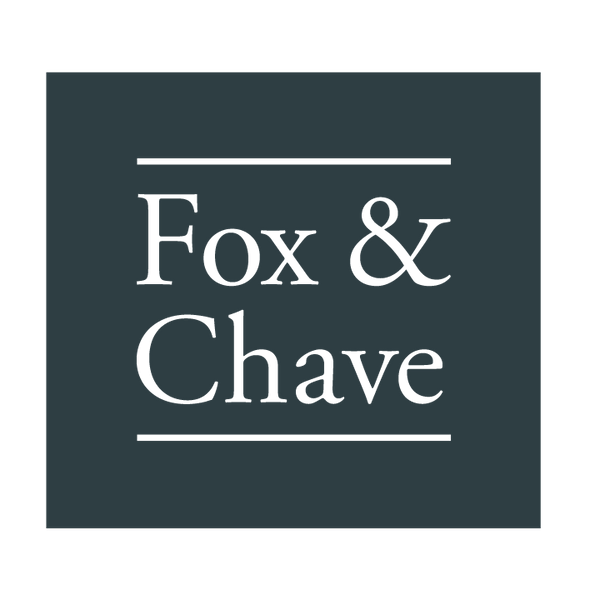
Un Bar aux Folies-Bergère (1881-82) by Édouard Manet
The Courtauld Gallery is a component of The Courtauld Institute of Art, an independent college affiliated to the University of London, and began life in 1932 at the behest of the man whose name it bears, Samuel Courtauld, along with Sir Robert Witt & Viscount Lee of Fareham.
A benefactor of the wealth amassed by his family textile business, Courtauld was an art enthusiast who when advised by Bloomsbury group artist, designer and critic Roger Fry, invested in French Impressionists and Cézannes then leased the most impressive Robert Adam designed residence in London, Home House, at 20 Portman Square, in which to display them.
Upon his death in 1947, Courtauld bequeathed his personal collection of some of the most famous Impressionist and post-impressionist paintings to the institute beginning a succession of bequests by collectors and artists ever since, continuing to grow the Institutes collection. The Portman Square address, along with acquisitions of neighbouring buildings housed the institute until it outgrew it some 40 years later.
Roger Fry Cuff Links
Since 1989 the Institute and Gallery have been located in the North Wing of Somerset House, a location renowned today come the Winter months for its temporary outdoor ice skating facilities and in the opposite season its open air cinema and concert events.
However, the colourful history of Somerset House stretches back to the Tudor period when construction began on the site of the original building, a private palace intended for Edward Seymour, 1st Duke of Somerset, eldest brother of Jane Seymour, the third wife of King Henry VIII.
Seymour, a Lord Protector during the reign of his nephew the boy King Edward VI, was executed at the Tower of London in 1552. Somerset House being acquired by the crown became a Royal residence first to Elizabeth I prior to her accession, then Anne of Denmark, wife of James I of England (VI of Scotland), and also for Henrietta Maria wife to Charles I, who lived there prior to the English Revolutionary War and who returned following the restoration of her son Charles II to the throne.

Stairwell at the Courtauld Institute
Despite development and renovation work by famed architects Inigo Jones & Sir Christopher Wren, the original building was allowed to fall into disrepair over an 80 year period after the last Royal Resident, Catherine of Braganza, wife of Charles II left in 1693, and was completely demolished in 1775.
Although Canaletto famously painted views of the Thames from the position of the Embankment building, now referred to as the South Wing of Somerset House, this was in 1750 prior to the construction of the present design, so the period of the site's association with the art life of London and the United Kingdom truly began when the completed North Wing became home to the Royal Academy of Arts in 1779.
The Academy occupied that building for 58 years before moving to its current location at Burlington House, Piccadilly, with other tenants of Somerset House at various junctures to include; the Royal Society, Society of Antiquities, Navy Board, Inland Revenue, General Register Office, King’s College, and Ministry of Supply during WWII.

Mont Saint-Victoire (1887) by Paul Cézanne
Today then, and although only temporarily, the Courtauld Gallery is once again on the move. Renovation work has commenced to transform its interior spaces for the 21st century and beyond in a project dubbed Courtauld Connects. In the meantime, works from the collection can be seen in an exhibition a short walk down the Strand at the National Gallery until the end of January 2019.
Works in this show include those by Manet, Renoir, Seurat, Cézanne and Toulouse-Lautrec.

|
 |
 |
Fox and Chave have long enjoyed a working association with the Courtauld gallery with many works from their collections being featured on our fine art silk scarves and silk ties in conjunction with many of their exhibitions over the years and are available both from the gallery gift shops and here on our website.

